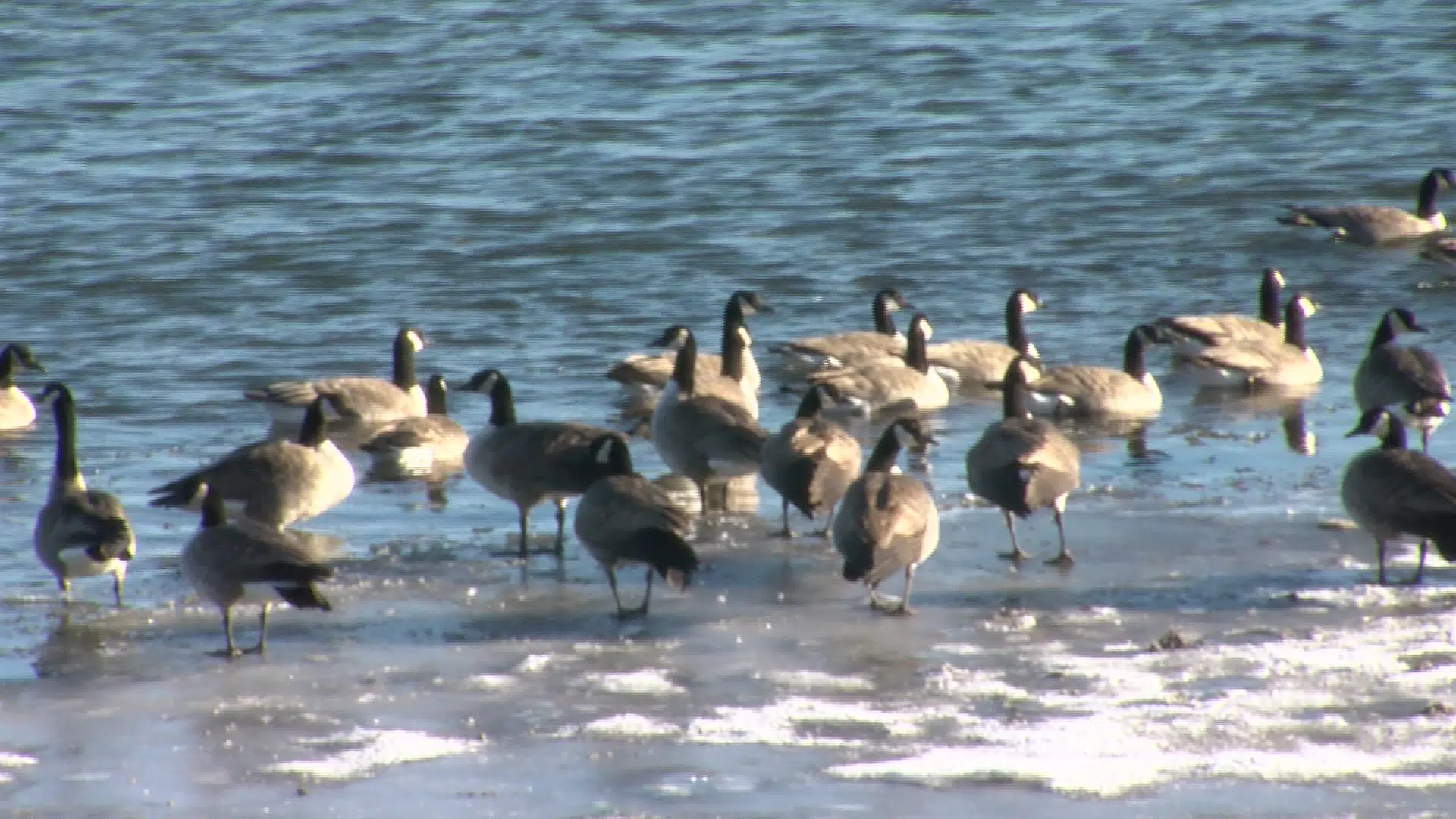
Geese population continues to grow in Medicine Hat
Medicine Hat, AB – The numbers are in for the 2018 Bird Count in Medicine Hat and there are roughly half as many birds as there are people here in the Gas-City.
In total, there were 28,677 birds counted this year (58 species), making it the second highest bird count total since 2015 (29,541).
Most notably, the Canadian geese numbers have been climbing over the past two years reaching record highs. This year, there were 21,586 Canadian geese in the region, up from the 2017 total of 19,848.
